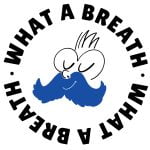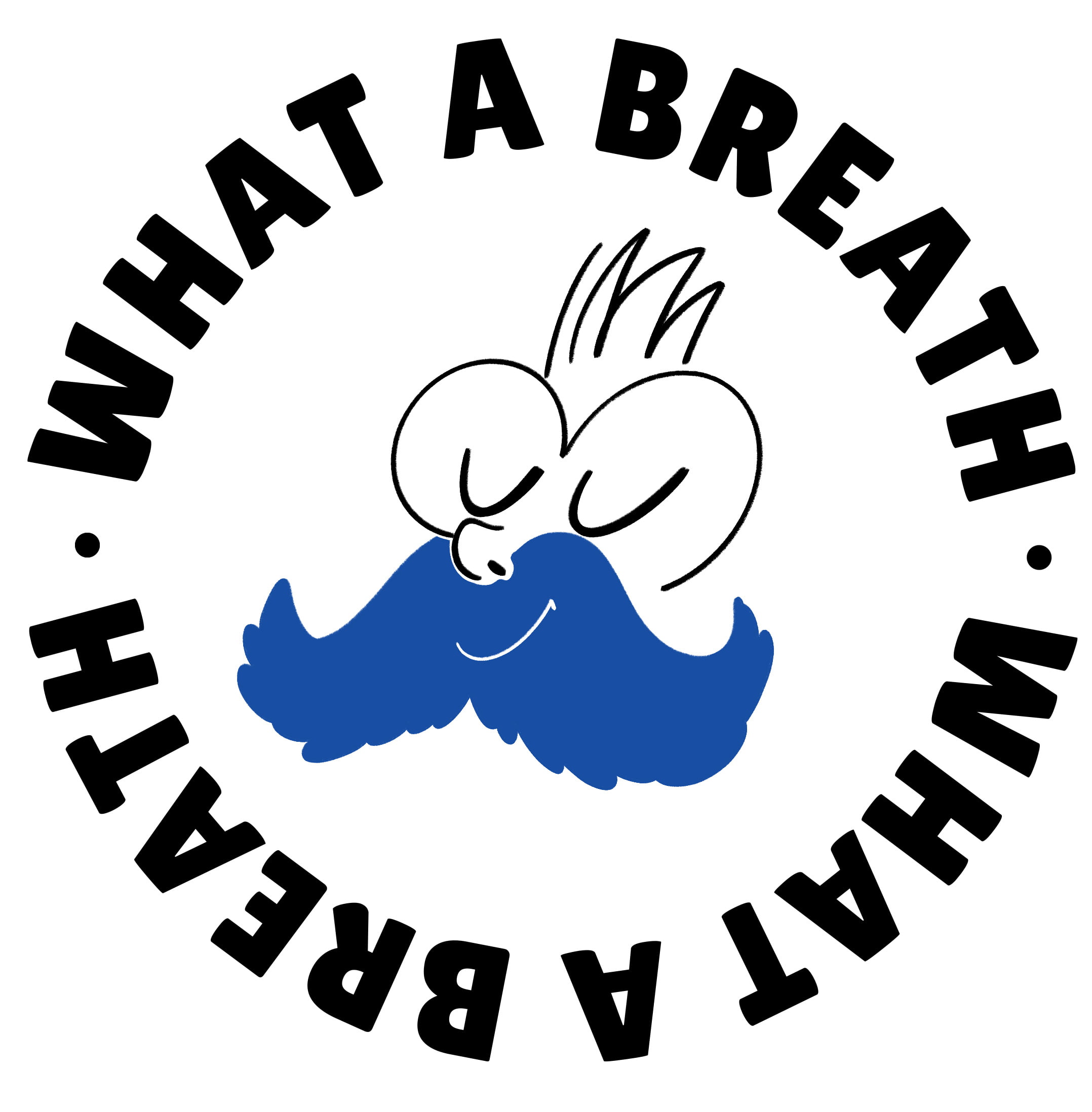Who hasn't experienced the feeling of being “short of breath” or breathing only with the upper chest? It happens to everyone, especially in stressful or tense moments, but few really know what it means to breathe “high” and, above all, how to lower this breath to regain calm, energy, and well-being. If you often notice that you only fill your shoulders with air or feel that your breath remains “stuck” in your throat, this article is for you. You’ll discover why we tend to breathe this way, what consequences this habit can have, and, most importantly, how to reverse course with practical, simple exercises to include in your daily routine.
Why does breathing get “high”?
When we talk about “high breathing,” we refer to shallow, mainly thoracic breathing, where air never really descends deep into the lungs. Very often, the main cause is stress: our body, perceiving even a psychological threat, activates the “fight or flight” response and, among various effects, the diaphragm tightens. We get used to breathing quickly and only with the upper chest, without involving the abdomen.
Poor posture, too many hours sitting at the computer, or simply a lack of awareness about breathing can also lead to this pattern. Over time, however, high breathing can increase feelings of anxiety, strain the neck and shoulder muscles, and reduce our overall energy.
The benefits of “low” breathing
Reclaiming deep, abdominal breathing has tangible benefits. When the diaphragm starts moving freely again, the body relaxes, the mind calms down, and the nervous system rebalances. Even posture improves, as does sleep quality and the ability to handle stress. You don’t need to be a yogi or a meditation expert: everyone can rediscover a natural, “low” breathing pattern with a bit of practice and consistency.
Recognizing your own breath
The first step is to notice how you breathe, without judgment. Just sit comfortably, close your eyes, and listen to your breath’s rhythm. Where do you feel it the most? Does your chest or abdomen move? Do your shoulders rise with each inhalation? Often, simply observing is already a great starting point for bringing attention back to this fundamental function, which is so overlooked in daily life.
Practical exercises to lower your breath
The secret to “lowering” your breath is to practice consistently, preferably every day, even if just for a few minutes. One of the most effective exercises is diaphragmatic breathing. Lie on your back, maybe with your knees bent and feet on the ground. Place one hand on your abdomen and one on your chest. Try inhaling through your nose, aiming to inflate only your belly while keeping your chest still. Exhale slowly through your mouth, letting your belly deflate. At first, you may feel some tension, but gradually your diaphragm will loosen up and your breath will naturally go deeper.
If you prefer to remain seated, you can try the same technique while sitting on a chair with your back straight and feet flat on the floor. Again, put a hand on your abdomen and focus your attention below your navel. With each inhalation, try to raise your hand while keeping your chest as still as possible. As you exhale, feel your abdomen deflate.
Another interesting exercise is breathing with a “pause.” After a deep inhale through your nose, try holding your breath for a couple of seconds, then exhale very slowly. This helps relax the diaphragm and slow down your breathing rhythm, bringing an almost immediate sense of calm.
If you love movement, you can integrate abdominal breathing into a slow, mindful walk. As you walk, try synchronizing your steps with your breath: inhale as you count three steps, then exhale counting three steps. Even this apparently simple exercise helps “lower” your breath and make it deeper and more regular.
How to turn these exercises into a habit
The real trick to lowering your breath is consistency. Choose one or more exercises that feel right for you and practice them every day, maybe in the morning right after you wake up, or in the evening before going to bed. Even a few minutes can make a difference, especially if done with attention and awareness. Over time, you’ll notice that high breathing becomes increasingly rare and that even in tense moments, it will be easier to regain calm simply by breathing deeply.
A small tip: remind yourself to “lower your breath” whenever you feel tension building, or even just during a work break. At first, you might have to remind yourself on purpose, but with a bit of practice, this awareness will become a natural part of your day.
When to seek help
If you notice that high breathing persists despite the exercises, or you often feel a sense of tightness, don’t hesitate to consult a professional. Sometimes there can be deeper physical or emotional factors like stress or anxietythat require specific support. Taking care of your breath is an act of listening and respect towards yourself.






